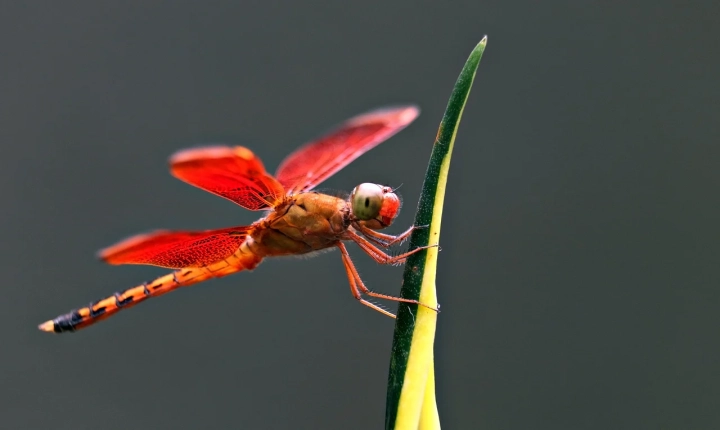AI Manga Filter: How It Works and Its Impact on Digital Art
In recent years, the world of digital art has been revolutionized by the development of AI manga filters. These innovative tools utilize artificial intelligence and machine learning algorithms to transform photographs and images into stunning manga-style illustrations. The result is a seamless blend of traditional manga art and modern technology, opening up new possibilities for artists and enthusiasts alike.
But how exactly does an AI manga filter work? Let’s break it down step by step.
1. Image Recognition: The first step in the process involves image recognition, where the AI algorithm analyzes the input photograph to identify the various elements such as facial features, background scenery, and objects.
2. Style Transfer: The AI then applies a specific manga art style to the original image, using deep learning techniques to mimic the characteristic traits of manga, such as bold lines, expressive eyes, and dramatic lighting.
3. Artistic Rendering: Once the style transfer is completed, the AI refines the image further by adjusting the color palette, adding shading and highlights, and enhancing the overall composition to create a visually compelling manga illustration.
The end result is a transformed image that captures the essence of manga art, while retaining the core elements of the original photograph. This process can be performed in real-time using dedicated software or applications, making it accessible to a wide range of users, from professional artists to casual hobbyists.
The impact of AI manga filters on digital art is significant and wide-ranging. Artists and illustrators can now explore new creative avenues, experimenting with different art styles and visual concepts without the need for manual rendering. This has democratized the art of manga illustration, allowing aspiring artists to express themselves in unique and original ways.
Furthermore, AI manga filters have also fueled the rise of digital storytelling, as creators can use these tools to produce visually striking manga-style narratives quickly and efficiently. This has led to a surge in webcomics, online graphic novels, and digital manga series, expanding the reach of manga art to new audiences across the globe.
However, as with any technological advancement, there are also challenges and considerations to be aware of. One of the key concerns is the potential for overreliance on AI filters, which may lead to a homogenization of art styles and a loss of individual expression. It is essential for artists to use AI manga filters as a tool for inspiration and experimentation, rather than a substitute for their creative vision.
In conclusion, AI manga filters represent a groundbreaking fusion of art and technology, offering a gateway to a new era of digital creativity. By leveraging the power of AI, artists can unleash their imagination and push the boundaries of manga art in ways that were previously unattainable. As this technology continues to evolve, it holds the promise of transforming the landscape of digital art and storytelling, ushering in a vibrant and diverse future for manga illustration.
